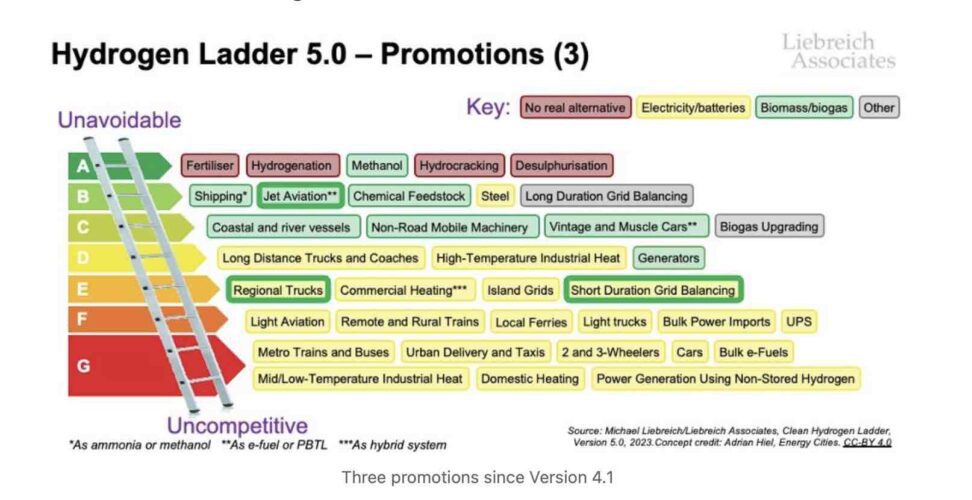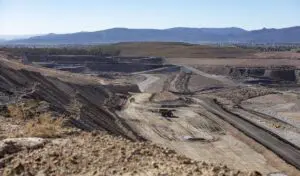There is little doubt that South Australia is leading the world on the integration of wind and solar. Now, it’s about to take an even bolder leap into a deep green energy future through its hydrogen jobs plan.
The state has sourced more than 70 per cent of its electricity demand from wind and solar over the past year, and when RenewEconomy interviewed state energy minister Tom Koutsantonis on Sunday afternoon for its Energy Insiders podcast, it was nearing the end of a 60-hour period where it average more than 100 per cent wind and solar.
Earlier that day, the state had reached a stunning new peak of 264 per cent “potential” wind and solar, the combination of renewable energy actually produced, and the renewable energy curtailed by the lack of a market.
South Australia response to the this excess of green energy is to encourage even more, with another bold step that it hopes will make it a global leader in green hydrogen, just as it has done with renewables.
On Sunday, the state announced its preferred partners for a $593 million plan to build a state owned 250MW electrolyser and a 200MW green hydrogen power plant, both the largest of their type in the world, and which will play a key role in the evolution of a “net” 100 per cent renewable grid.
There are, of course, detractors, and Koutsantonis remembers well the reaction when the state government announced funding for the world’s biggest battery, more than seven years ago, at the Hornsdale Power Reserve.
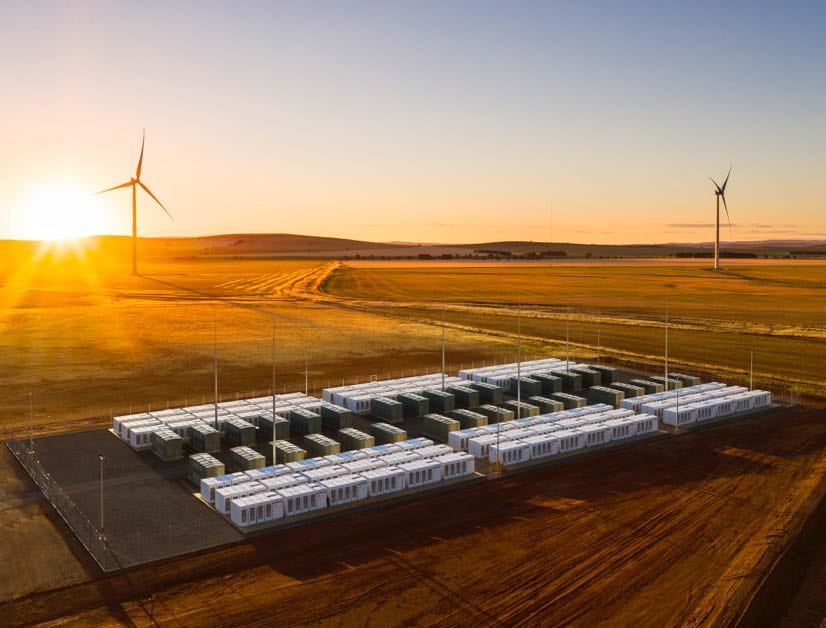
“We were mocked when we were announced the Tesla big battery,” Koutsantonis tells the Energy Insiders podcast.
“We had the former prime ministers calling it a tourist attraction, all the usual sort of rhetoric that comes with trying something new.
“But (battery storage) is now the template for every jurisdiction and now part of a template for a national (capacity investment) scheme, and no one’s blinking at it. And that’s just another example of what we’re doing here with hydrogen. I think it will be the same.”
The plan – like South Australia’s embrace of wind and solar more than a decade ago – is to go harder and faster, although this time with considerable commitments of state funding.
The most controversial aspect of the hydrogen plan is the 200MW hydrogen generator, which will be powered by green hydrogen fuelled by wind and solar at times of excess capacity, but will play a key role when wind and solar are not so abundant, particularly in those hot evening demand peaks.
One of the world’s most prominent energy analysts, Michael Liebreich, has created a now famous “hydrogen ladder” where he ranks applications where hydrogen might be really useful, and where it probably won’t.
Down the bottom in the latest version are hydrogen power stations that don’t use stored hydrogen, because the round trip losses of making the hydrogen make it barely more efficient than a fossil fuel generator. And if you are going to stick wind and solar in storage, then you are better off doing it with a battery.
Hydrogen power stations with short term storage that provide grid balancing, however, climbed a rung or two on the ladder. And those with long term storage are also reasonably high.
And this is what Koutsantonis has planned for Whyalla. And he points out that hydrogen power is not the primary function, it is an add on, or bi-product, and the electrolyser will play a key role in solving possibly the state’s biggest problem, soaking up excess power and keeping grid demand at useful levels.
It is very much flexible demand, and the generator, when used, will only be bidding at prices in line with its marginal cost of generation, rather than the usurious prices charged by the oligopoly of peaking gas generators in the state.
It’s worth hearing his explanation in full.
“South Australia, quite proudly, prides itself as sort of leading the nation if not the globe and our decarbonisation push,” Koutsantonis says.
“What we’re attempting to do here is prove up that you can produce grid scale, hydrogen to operate grid scale generators that operate as a form of battery. That is why we’re producing hydrogen that has other applications as well as just being energy producing.
“So I accept that there are some people who might be cautious about it, it’s just solely as an energy source. But my view is we’re only producing renewable energy now. That overproduction is leading to either export interstate, and when that’s our capacity, we basically turn it off. And I think that’s just a completely unjustifiable solution.
“So what we’ve decided to do is invest our money to try and prove up electrolysis at grid scale can be done effectively and cheaply with the overproduction of renewable energies.
“And then you can use that energy to firm renewable energy into the grid, because what we’re all paying for through higher power prices, isn’t renewable energy, it’s the gap.
“And the gap is becoming more and more expensive, the smaller and smaller it gets. Because the unserved energy that sits there idle, wanting to get a return from its investors, when it does operate, operate very expensively.
“So when a gas fired generator that might have say, 20 years ago, operated at a capacity factor of you know, 80 to 90%, it’s now operating a capacity factor of maybe two to 5%.
“They’re trying to extract that same amount of rent over a smaller period of time. So what we’re trying to do is break the back of that, and prove out that hydrogen actually can be that gap and can fill that gap and can do so without emitting carbon.”
That assessment is justified by the recent assessment from AEMO, which notes that South Australia would have had the lowest wholesale prices in the country were it not for a period when the transmission link was down for repairs and maintenance, which left the grid at the mercy of the gas generators. And they didn’t miss.
The other uses that Koutsantonis talks about is the green hydrogen for export and industrial purposes, but what really excites him is the prospects for green iron, taking advantage of the state’s massive wind and solar resources, particularly west of Whyalla, and the huge magnetite reserves in the bills behind the steel city.
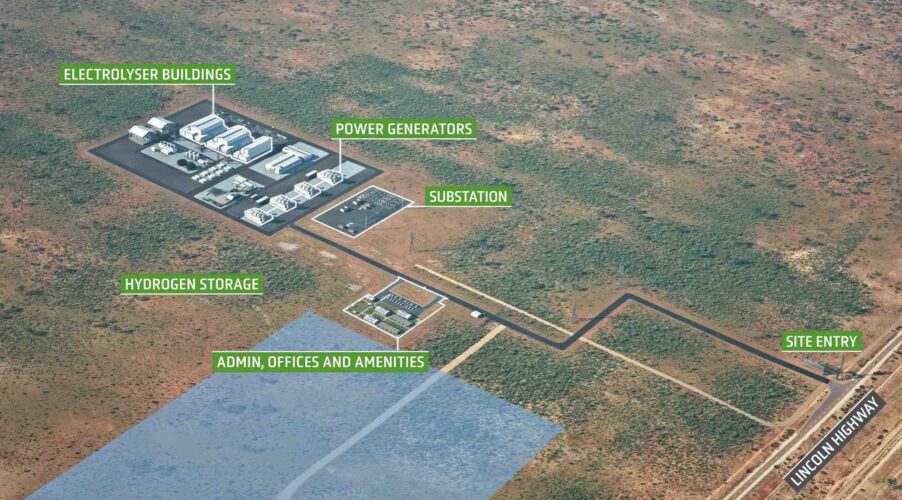
Koutsantonis says steel making accounts for between nine and 14% of the world’s carbon emissions, and it needs to be decarbonized.
“It’s a hard to abate industry. I believe that our magnetite, which is exactly the right quality for direct reduction iron, and for electric arc furnaces, that we can replace coking coal, with hydrogen …. and when you’re exporting green iron, it’s already a decarbonised product.
“The demand for a decarbonised magnetite iron ore product will be huge internationally. So our aim here is to add complexity to our economy, add value here, create jobs here. And that’s why we chose Whyalla.
“We’ve been mapping that area (west of Whyalla) for the last five years, we think there are some of the best wind and solar resources there anywhere in the world.
“They are close to where we want to produce hydrogen, it will give the opportunity for us to give scale, and we’ve just passed the first stage of our hydrogen Renewable Energy Act, which sort of collapses all the approvals for renewable energy from cradle to grave within one piece of legislation, one minister – me.
“That will incentivize and regulate a lot better the production of renewable energy throughout the throughout South Australia. So that’s why we chose while up because of the proximity to the sort of symbiotic materials that you need to actually create a rejuvenation of industrial applications based on renewable energy.
“I don’t want our transformation to be about is just replacing the grid, just greening the grid. That’s not enough.”
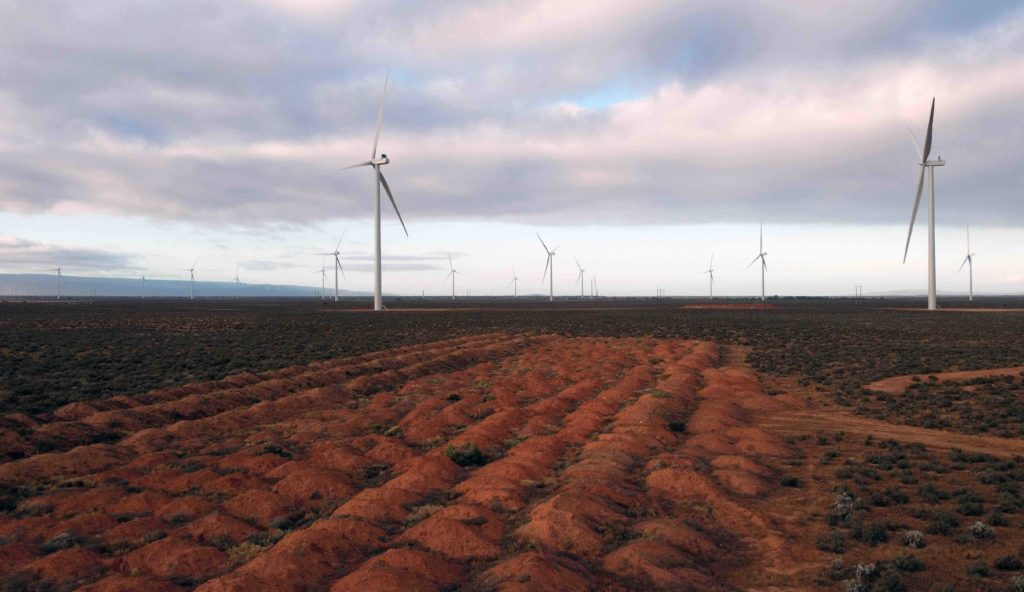
Koutsantonis says South Australia will easily get to “net” 100 per cent renewables, and probably within the next few years. He says the big question for the state is what’s next.
“I suspect the next big leap forward will be the behind the meter investments, the vertically integrated investments into hydrogen plants or industrial applications,” he says.
He points to the wind industry, which is just emerging from an embargo on exports to China, and which he says now invest in upgrades of glass bottle manufacturing, with a switch to low carbon manufacturing.
“I think we will see dramatic gigawatt scale behind the meter investments in South Australia because of our industrial applications,” he says.
“But there will also be gigawatt scale investment to meet grid demands in New South Wales in Victoria, especially given the social licence issues that are in Victoria and NSW … with the rollout of new transmission lines, new distribution lines, and the wind towers and the solar arrays.
“So I think you’ll see a lot of that investment here in South Australia,” he says, noting that South Australia’s long experience with renewables, and the fact that it’s best resources are in sparsely populated areas.
“Renewable energy is the boom of the future. And the capital costs of that are coming down fast. And people are looking for safe jurisdictions to park their investment. And South Australia is by far in my opinion, the safest.”
Hear the full interview with Koutsantonis in the latest episode of the Energy Insiders podcast: Energy Insiders Podcast: South Australia’s big move into green hydrogen


